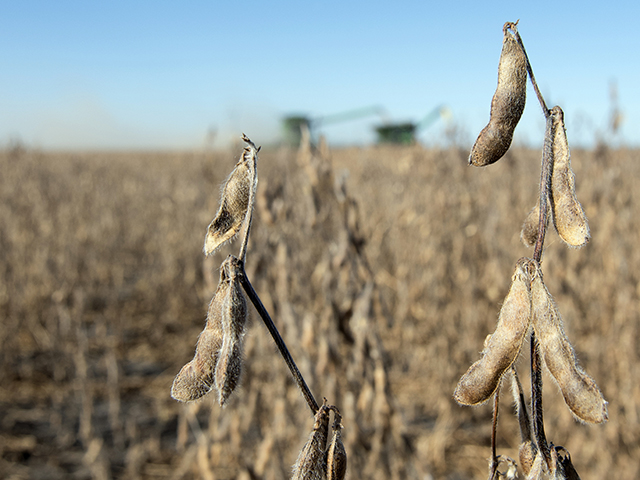Inside the Market
Risk in the Soybean Market
It wasn't that long ago soybean prices were mired down in the trade war with China, and we were talking about the possibility of a 1-billion-bushel surplus with nowhere for prices to go but down. Prices rebounded at the end of 2019 with a glimmer of hope the new Phase 1 trade agreement with China would reinvigorate demand, but those hopes were quickly squashed by the global pandemic of 2020.
By the time the May WASDE report rolled around, USDA's estimate of 405 million bushels (mb) of U.S. ending soybean stocks for 2020-21 looked less bearish, but USDA's average farm price estimate of $8.20 a bushel was discouraging.
BULLISH CHANGE
The first clue of bullish change popped up July 23 when FOB (freight on board) soybean prices in Brazil closed above their old 2019 high of $10.37 a bushel. It makes sense now, but at the time, it was odd to see Brazil's soybean price making a new high so quickly after harvesting a record soybean crop.
Usually, Brazil exports soybeans well into fall, but there was an unexpected sign Brazil's supplies were already running down in July. It was also about that time the U.S. started receiving more export business from China.
P[L1] D[0x0] M[300x250] OOP[F] ADUNIT[] T[]
Fast-forward to the time of this writing, and the U.S. now has 1.63 billion bushels of soybean export sales already on the books for 2020-21, and 890 mb are from China.
USDA is estimating a 290-mb surplus when the U.S. season ends Aug. 31, 2021, the tightest in five years. Because of high exports, there is room for ending stocks to go even lower.
UNKNOWN FACTORS
As bullish as that sounds, there are two big unknowns that will have a large impact on where prices go from here. The first is China's level of demand. China could continue its frantic buying pace and force supplies even tighter. Or, not wanting to trigger price rationing, China could slow purchases until Brazil comes up with its next crop in February. China, of course, isn't talking, and there's no good way to guess.
The second big unknown is South America's weather. Brazil got off to a late start planting soybeans this year, but with local prices at their highest level in at least four years, there is plenty of incentive and ability to grow another record crop if the weather will cooperate. When it comes to the weather, we can only see so far ahead.
REDUCE PRODUCTION RISK
Instead of urging producers to bet the entire crop on a bullish or bearish guess, accept the things we can't confidently predict. Consider today's high prices, and put at least half of this year's production in the bank.
Spot soybean prices near their highest level in four years don't come along every day, and the trade dispute with China is not over yet.
I don't know how this is going to turn out, but with Commodity Futures Trading Commission reporting the highest speculative participation since 2012, I strongly urge producers to reduce the amount of production they have at risk.
> Read Todd's blog at about.dtnpf.com/markets.
> You may email Todd at todd.hultman@dtn.com, or call 402-255-8489.
[PF_1220]
(c) Copyright 2020 DTN, LLC. All rights reserved.




